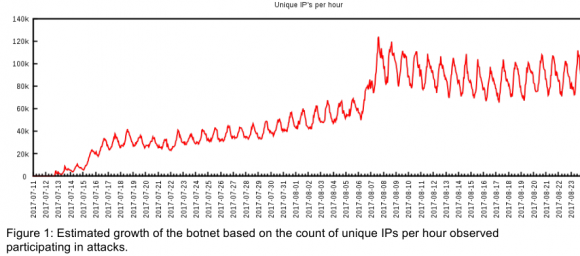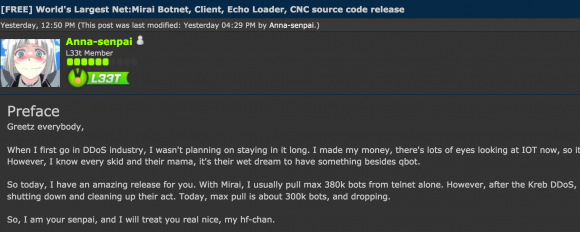Expert: IoT Botnets the Work of a ‘Vast Minority’
Credit to Author: BrianKrebs| Date: Wed, 24 Jan 2018 15:38:52 +0000
In December 2017, the U.S. Department of Justice announced indictments and guilty pleas by three men in the United States responsible for creating and using Mirai, a malware strain that enslaves poorly-secured “Internet of Things” or IoT devices like security cameras and digital video recorders for use in large-scale cyberattacks. The FBI and the DOJ had help in their investigation from many security experts, but this post focuses on one expert whose research into the Dark Web and its various malefactors was especially useful in that case. Allison Nixon is director of security research at Flashpoint, a cyber intelligence firm based in New York City. Nixon spoke with KrebsOnSecurity at length about her perspectives on IoT security and the vital role of law enforcement in this fight.
Read More

